For nature lovers, bird-watching is an excellent hobby. Spending your time watching various birds is not only enjoyable but also very relaxing. If you are planning a bird-watching trip, this article will help you get started. While you can watch birds with naked eyes too, having some equipment will significantly enhance your experience and allow you to notice far more details.
One of the best things about bird watching is that it doesn’t really need a lot of expensive equipment. In fact, you probably have some of the gear already. We’ll be guiding you through the various bird-watching equipment and gear that you might need as a beginner. Accordingly, you can prepare your bird-watching equipment checklist and start right away.
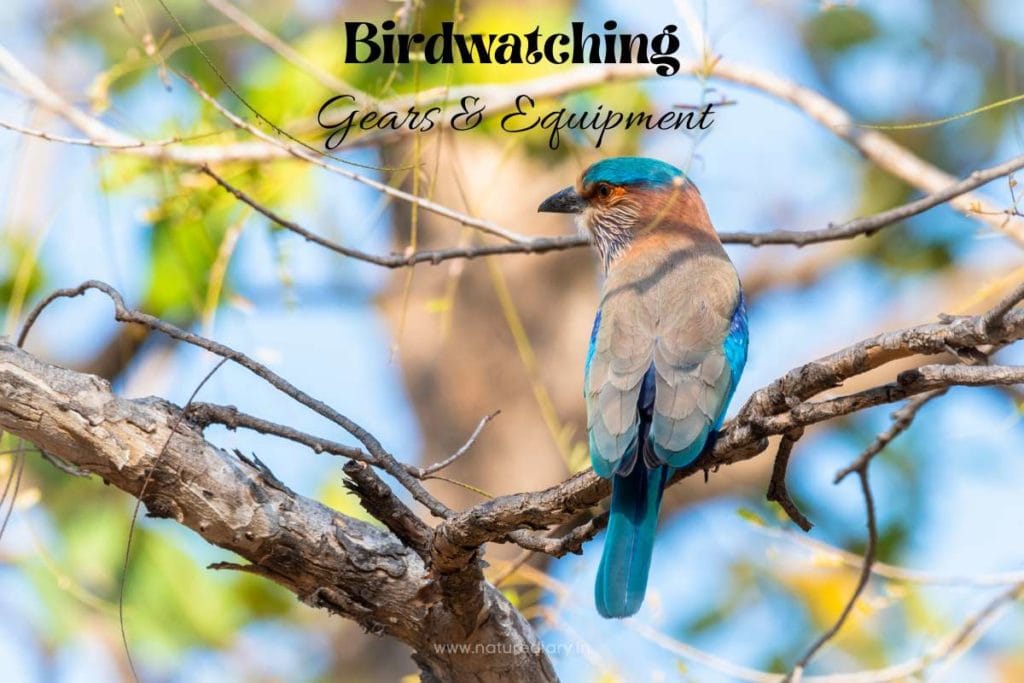
Basic Bird-Watching Equipment And Gear List
Before you start bird watching, gather up the equipment that you’re going to need. Here’s a quick checklist of the basic equipment and gear that you’re going to need-
1. Binocular
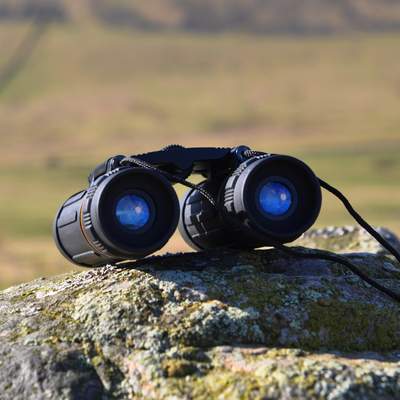
A binocular is one of the most essential and fundamental pieces of bird-watching equipment. Every bird watcher should have a binocular to follow the avian creatures’ activities closely.
Good quality binoculars offer great depth and field of view, allowing you to notice every detail. You should get the best binoculars with 7x to 10x magnification for maximum stability and optimized clarity to view the birds.
If you plan to move around a lot while bird watching, consider using a binocular harness to sling it on.
2. Monocular
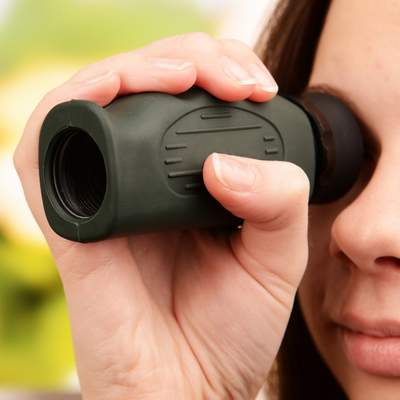
As you might already be aware, a monocular is basically half a binocular – it consists of only one of two optical tubes that make up a binocular.
While a binocular allows you to use both your eyes and delivers a much better depth of field, a monocular has its perks too. A monocular is much lighter and easier to carry around than a binocular.
Compared to binoculars, monoculars are also more pocket-friendly. You may consider getting a monocular if you plan to carry it while backpacking, have a tight budget, or have poor vision in one eye.
3. Smartphone With A Telephoto Lens
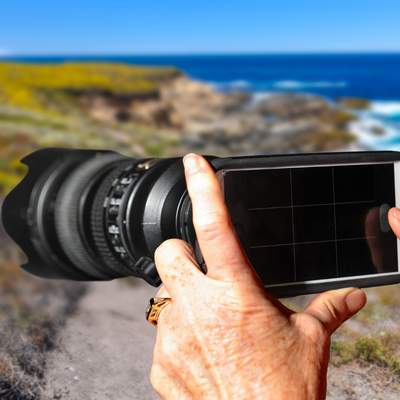
Smartphones have indeed proven to be a blessing for birdwatchers who can’t afford to buy a camera to click beautiful pictures of birds. You’ll also find a smartphone to be more convenient in many situations where carrying a camera may not be very feasible.
The biggest issue with using a smartphone for bird photography is that zooming in can significantly reduce the picture quality on most smartphone cameras.
Thankfully, you don’t need an expensive smartphone for bird photography – all you have to do is buy a smartphone telephoto lens. Optical zooming doesn’t affect picture quality, so you won’t have to worry about pixelated photos anymore. You may consider buying a telephoto lens with a tripod for increased stability.
4. Birding Apps On Your Smartphone

Your smartphone can help you in more ways besides just avian photography. It will allow you to access a plethora of digital resources through birding apps. A variety of advanced birding apps are available for free and will help you identify bird species accurately.
Not only do these apps offer ample information about various birds in your region, but some of them can even identify bird species from their photos or even their sounds.
Good birding apps like eBird (Android | IOS), Merlin Bird ID (Android | IOS), and eGuide to Birds of the Indian Subcontinent (Android | IOS), will allow you to quickly identify and learn about the birds you encounter while bird-watching. You may try out multiple birding apps until you find the right fit.
5. DSLR Camera With Telephoto Lens
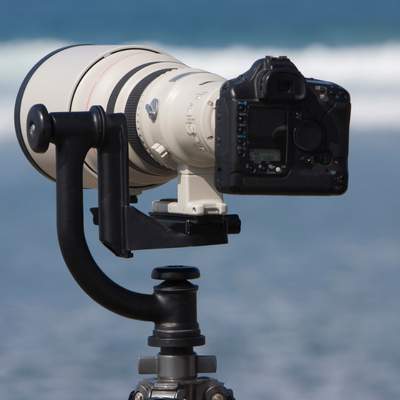
DSLR cameras certainly deserve a special spot in this checklist for bird-watching equipment. While many cameras exist, DSLRs are particularly suitable due to their high continuous shooting speed. With the best photography camera for wildlife, you’ll be able to get some fantastic shots of birds in mid-flight. As in the case of smartphone photography, you should install a telephoto lens on a DSLR camera too.
As telescopic lenses are specifically designed for the purpose of telescoping view, they offer the highest degree of magnification among all camera lenses. A DSLR camera with a telescopic lens will definitely be a great addition to your collection of bird-watching gear.
6. Field Guide For Birding
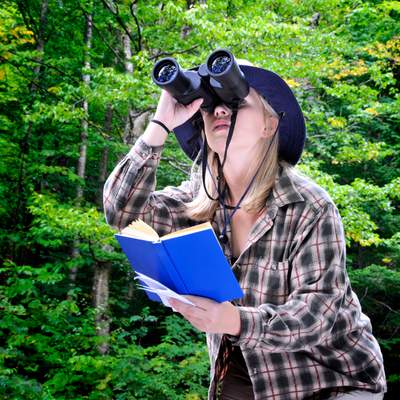
Beginners will also benefit from carrying a field guide with them while bird-watching. A good field guide will provide you with a treasure trove of information about birds, including field marks and species maps.
While using a field guide in the age of the internet might feel a little outdated, it’s definitely a good idea as you may not always know what exactly to look up on the internet.
Moreover, in case you go bird watching in a remote area, you may not even have an internet connection in the first place.
7. Notebook And Pen
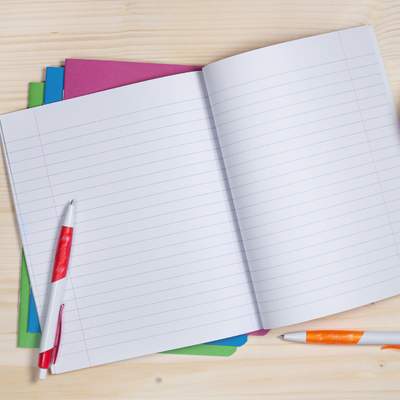
These are classic bird-watching supplies that have always been extremely helpful. With a pen and a notebook, you can quickly note down any detail you come across while bird watching.
By documenting essential information regarding the looks, sounds, or nesting habits of the birds you are watching, you’ll be able to use the data later on.
Moreover, having a nice journal filled with your findings simply feels great.
8. Daypack Or Hiking Backpack
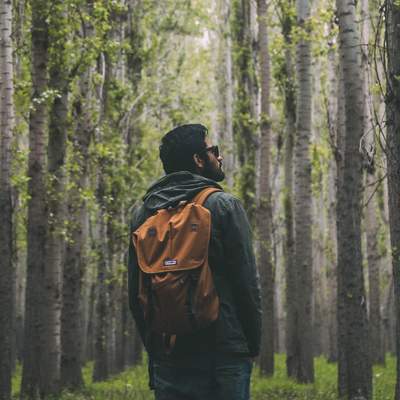
For avid bird watchers who love travelling great distances to explore the avian kingdom, a good daypack or a hiking backpack is undoubtedly worth buying.
With a large bag, you can easily pack all your equipment and gear, food, and other supplies you might need for a long bird-watching session.
Hiking backpacks are particularly more suitable for adventurous bird watchers who love camping in the wild and travelling through the wilderness to find and observe various bird species.
When buying a daypack or a hiking backpack, ensure it can carry all your bird-watching equipment properly. Some backpacks from reputed brands have special camera compartments specifically for the safe storage of cameras and lenses, with ample padding. Apart from these items, basic equipment and gear like hiking shoes, an umbrella/ raincoat and a hat would be necessary depending on your bird-watching destination.
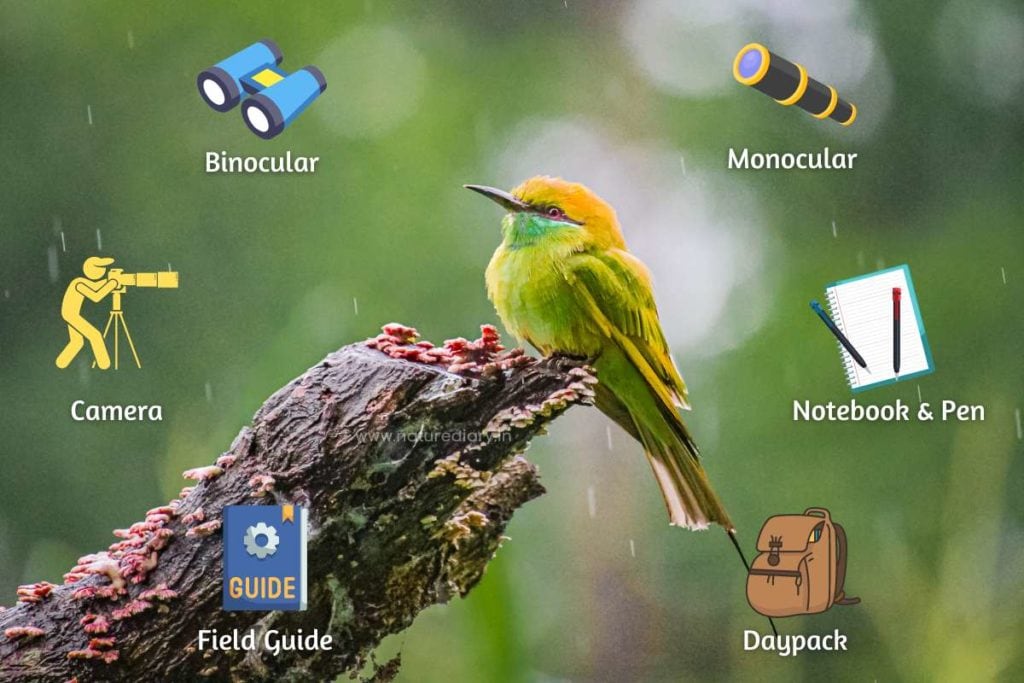
Advanced Bird-Watching Equipment And Gear
Now that we have covered all the essential bird-watching equipment let us look at some of the more advanced gear. While none of these is necessary for bird watching, they can be worth your money if you’ve really developed a passion for bird watching and want to take a more professional approach.
Spotting Scope
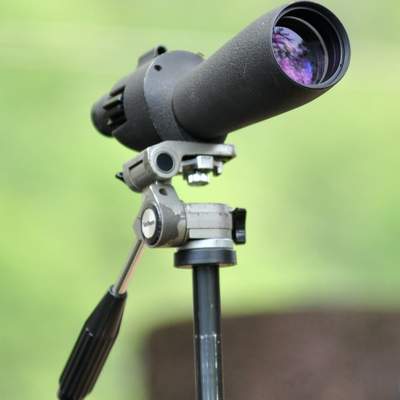
A spotting scope looks very much like a very sophisticated monocular, and this is actually true to a large extent. They are more like portable telescopes that can be held by hand and are far more powerful than monoculars and binoculars.
In fact, a spotting scope can give you a clear and detailed view of a bird that appears to be a mere speck on a binocular. However, spotting scopes are relatively expensive, and you should buy one only if you’re sure about it.
Nesting Box With Camera
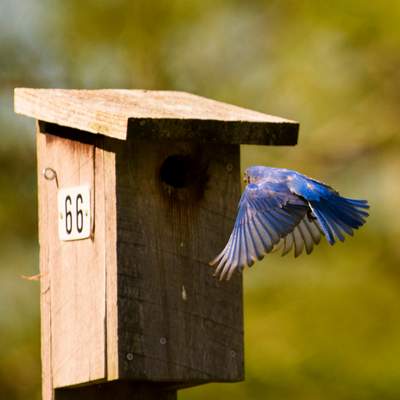
Installing nesting boxes on your property is a great way to attract birds. If you are interested in observing the nesting habits of different birds, you may install a nesting box with a video camera inside it.
Connecting the camera to a TV or other smart devices gives you a real-time feed of everything happening in the nest.
Night Vision Monocular And Trail Camera
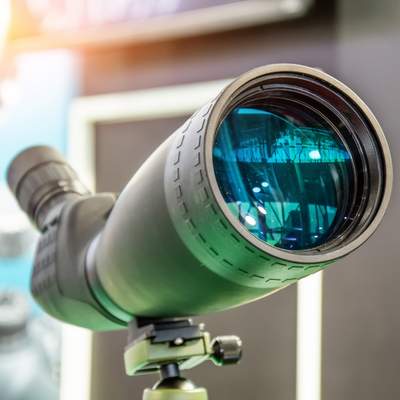
This is again a piece of equipment that not every bird watcher would need. However, a night vision monocular is essential if you want to watch nocturnal birds.
As the name suggests, a night vision monocular will allow you to watch birds in low-light conditions. You may also take pictures and record videos through a night vision monocular.
A trail camera is ideal for you to watch and record the activities of nocturnal birds like owls. It can also be used to watch wild animals at night.
All-Weather Notebook

If you can afford it, consider getting an all-weather notebook for your bird-watching journal. Although these notebooks look like regular notebooks, the paper is waterproof. When you go bird watching, there’s a good chance that your notebook might get wet from the rain. Especially if you plan to watch aquatic birds and spend time near water bodies, investing in an all-weather notebook would be wise.
As mentioned earlier, these advanced pieces of bird-watching equipment aren’t really essential, and not every birdwatcher needs all of them. Consider investing in them only if you feel they might be necessary for your bird-watching habits.
Bird Photos Captured With Our Equipment and Gear
[foogallery id=”7567″]
As you must have noticed by now, bird watching doesn’t necessarily need a lot of complex equipment. Most of the basic kits are cheap or things that you already own. If you can’t invest in a good camera, you may simply use your smartphone for the time being with a telephoto lens. Eventually, as your passion for bird watching grows and you feel more committed to the hobby, you can invest in more advanced gear.
Do make sure to choose very carefully when buying bird-watching equipment. For example, binoculars are available with varying specifications that affect their stability, image clarity, and portability. Explore your options, narrow them down to your needs, and choose the best suitable bird-watching equipment and gear for your next birding trip.